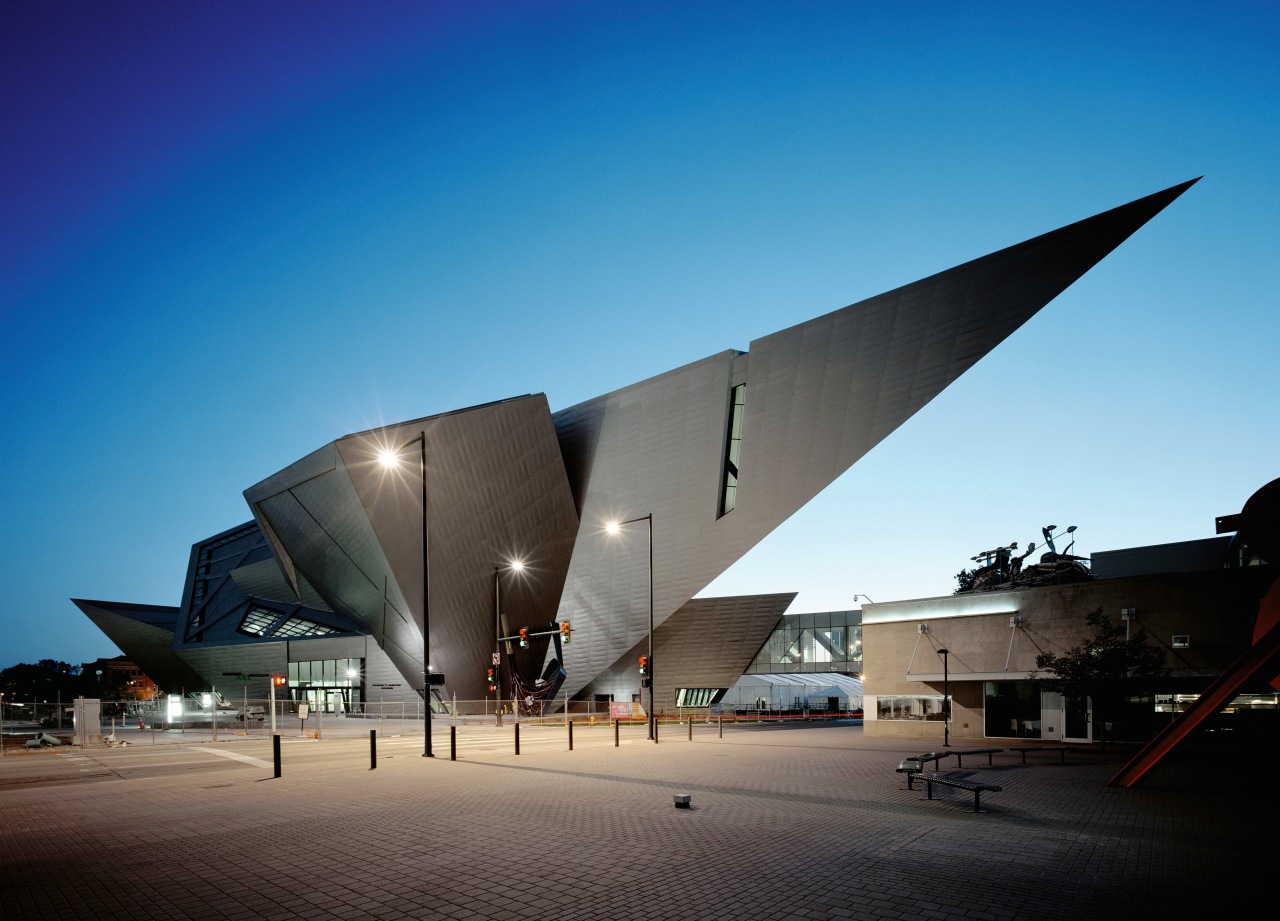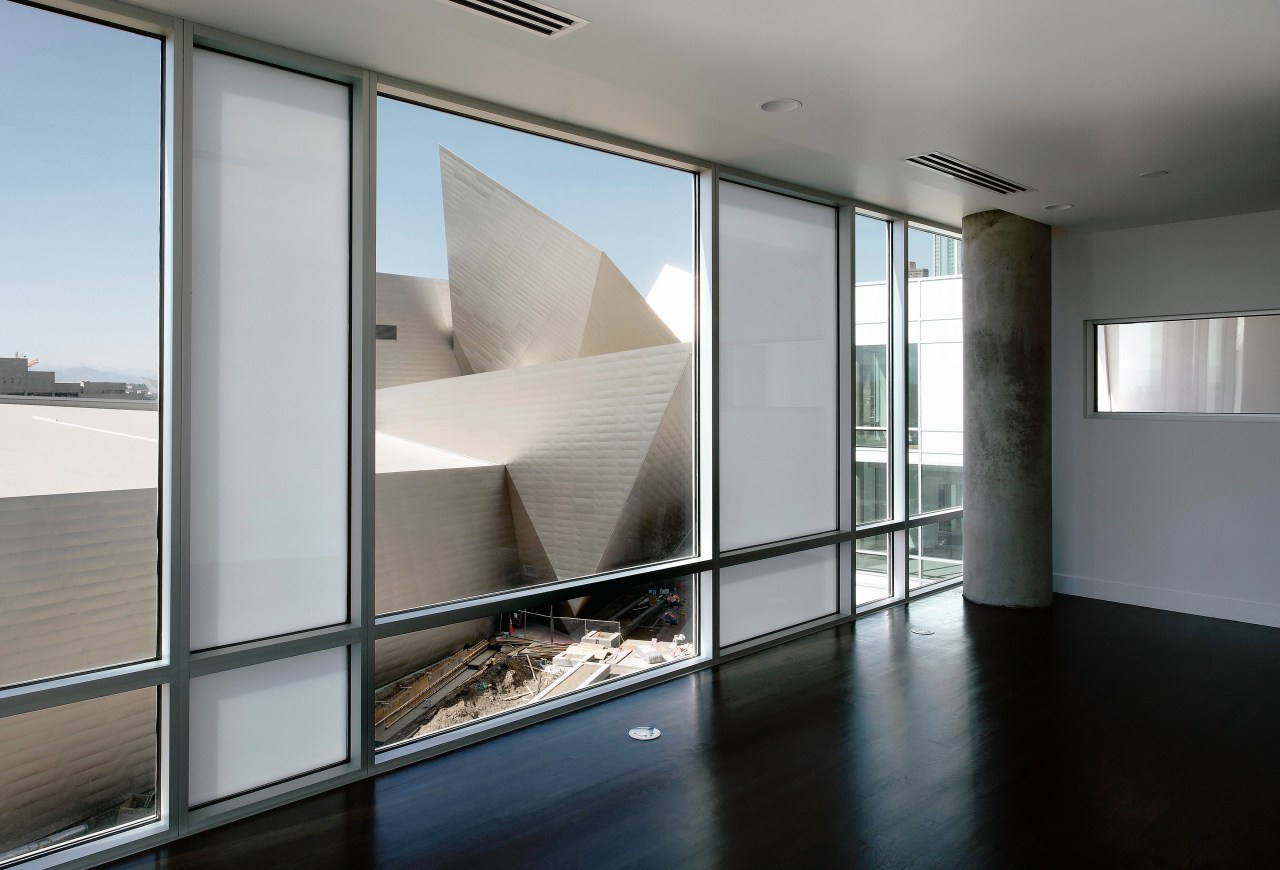LIFe imitates ART
At the Mile High City's revitalised cultural district you can do more than just look at art, you can live, learn and relax

IF WE WERE inclined to unashamedly mangle a cliche, which we are, we would say that for a fortunate few in Denver, home is where the art is. And that art is not just inside the home although there's little doubt that the aficionados who have bought into the city's new Museum Residences probably own a piece or two but next door.
There, the Denver Art Museum and its surrounds have been transformed. Previously, the solitary building on site was a Gio Ponti-designed, 28-sided, seven-level structure. Now, it's partnered by the Daniel Libeskind-designed Frederic C Hamilton Building aptly described by New Yorker architecture critic Paul Goldberger as an "eruption of rhomboids".
Libeskind says the shape of the building came to him as he was flying over the Rocky Mountains. The bold, titanium-clad extension increases the museum's available space by 40%, providing room for travelling exhibitions, and galleries to showcase the museum's permanent collections, including modern and contemporary, western American, African and Oceanic art.
The extension is, however, just one part of a plan to develop Denver's cultural heart. That heart now includes the new Frederic C Hamilton Building, parks, paving and public spaces, and the simply named Museum Residences which brings us back to those for whom home is where the art is.
A joint venture between Studio Daniel Libeskind and Davis Partnership Architects in Denver, the Museum Residences wrap around two sides of a 980-car public parking garage. Out of a total of seven floors, the top six are residential, leaving 1486.4m² of space on the ground floor for retail further enhancing the vitality at street level. There are 56 luxury units that range from 75m² studios to 465m² penthouse suites.

Designed to defer to the neighbouring structure, the Museum Residences are undoubtedly the work of the same architect. Angled geometry and broad expanses of metallics and coated glass mirror the architecture directly across the plaza. Like the museum, Libeskind's penchant for complex geometry is expressed in the residences but perhaps to a lesser degree. The exterior's glass-and-zinc facade features numerous trapezoidal injections, while the apartment interiors are non-standard. However, as opposed to the museum interior, which features many slanted walls, the apartment walls are mostly perpendicular to the ground.
"The museum and the residences are very different, but they are also complementary," says Libeskind.
"The museum is clad in titanium, whereas the residences are clad in zinc. The residences feature a high proportion of glass, and it is the soft qualities of the translucent glass skin, combined with the metal-clad geometric forms, that provide an elegant partner to the museum addition next door."
From various perspectives the apartments feature views of the Gio Ponti's original Denver Art Museum, Libeskind's expansion, and the Michael Graves-designed Denver Public Library.
Denver's cultural master plan doesn't just cater for the creation of civic and residential structures. The fabric which sews the entire space together is the space between the museum and the residences.

"The vision of the Denver Art Museum Master Plan is to weave these cultural, civic, and urban elements into a dynamic spatial configuration," says the architect.
"Like a piazza, the open space is key element of the civic experience. The continuity of the ground plane through parks and paving, public entrances, building profiles, sculpture and trees, water and lighting, streets and urban connections brings together the individual members of the urban composition in a significant civic purpose; a place for people to meet, learn, celebrate, relax, communicate and enjoy."
Libeskind believes that developers are embracing more sophisticated apartment design, and sees the trend continuing.
"Around the world, my studio is designing more and more condominiums, and they are one of my favourite things to design they are all about heart and life."
Credit list
Principal architect
Building area
Main contractor
Floors
Ovens, gas cooktops and dishwashers
Countertops and backsplash
Project architects
Developer
Cladding
Cabinetry
Sinks
Plumbing fixtures
Bath tubs
Story by: Trendsideas
Home kitchen bathroom commercial design
Diving into nature
Classic looks, contemporary efficiency
Personality plus








